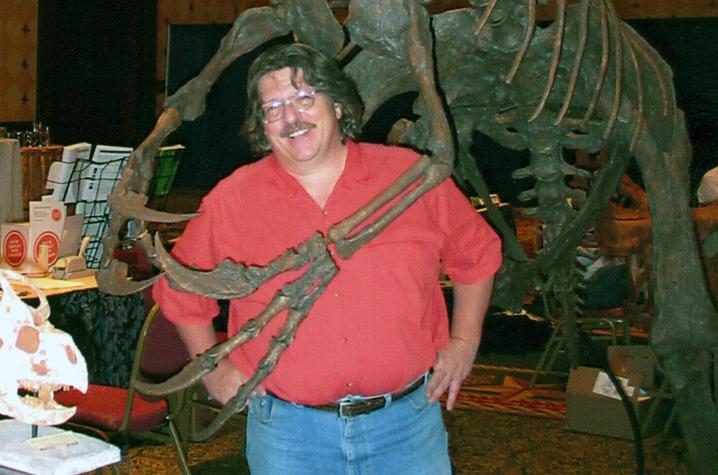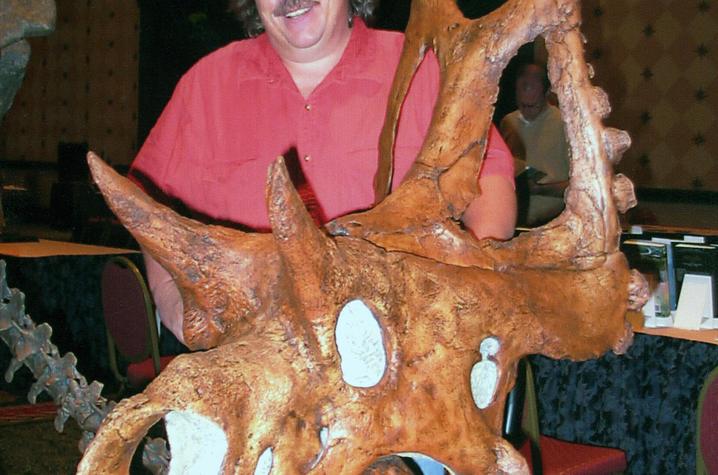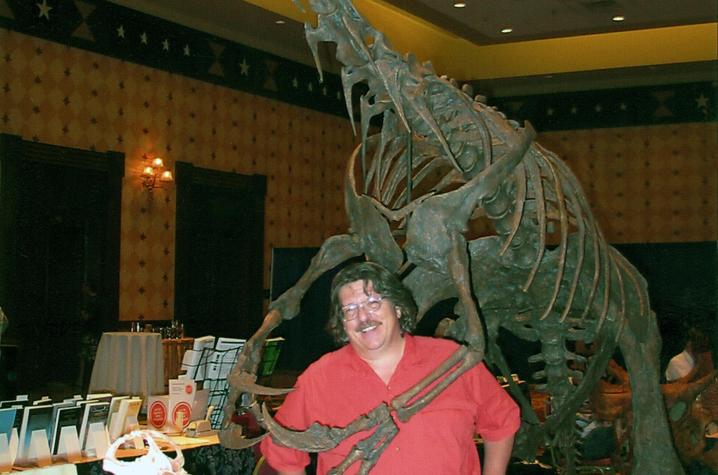Utah Paleontologist Discusses Cedar Mountain Dinosaurs at Darwin Lecture Feb. 9
LEXINGTON, Ky. (Jan. 24, 2017) — A Utah geologic formation in which multiple dinosaurs have been preserved will be the topic as Utah State Paleontologist James Kirkland gives the University of Kentucky’s annual Darwin Lecture on Feb. 9.
Kirkland has spent 40 years excavating fossils across the southwestern United States and Mexico, and has authored or co-authored more than 80 professional papers. The title of his lecture will be “Dinosaurs of the Cedar Mountain Formation, Utah.” The Cedar Mountain Formation contains dinosaur bones from the Early to Middle Cretaceous Period, more than 65 million years ago.
The Darwin Lecture, a free event open to the public, is sponsored by the Kentucky Section of the American Institute of Professional Geologists, the Kentucky Geological Survey at UK, and several other academic and professional scientific organizations.
Kirkland has discovered and described 20 new dinosaurs, including five new armored dinosaurs, five plant-eaters, the oldest truly horned dinosaur, North America’s first sickle-clawed lizard-like dinosaur, and the giant raptor Utahraptor. In addition, he has described and named many fossil mollusks and fish.
As the state paleontologist, working in the Utah Geological Survey, Kirkland issues permits for paleontological research on Utah state lands and promotes Utah’s paleontological resources for the public good.
His lecture begins 7 p.m., Feb. 9, at Seay Auditorium in the Garrigus Building, Agricultural Science North, on the University of Kentucky campus. More information, including a map of free parking areas, is available here.
The annual Darwin Lecture focuses on aspects of the evolution of life. Previous lecturers in the series have spoken about the origin of whales, life in the ancient sea that covered the Greater Cincinnati region, and the kinds of life on Earth during the ancient Precambrian period.







